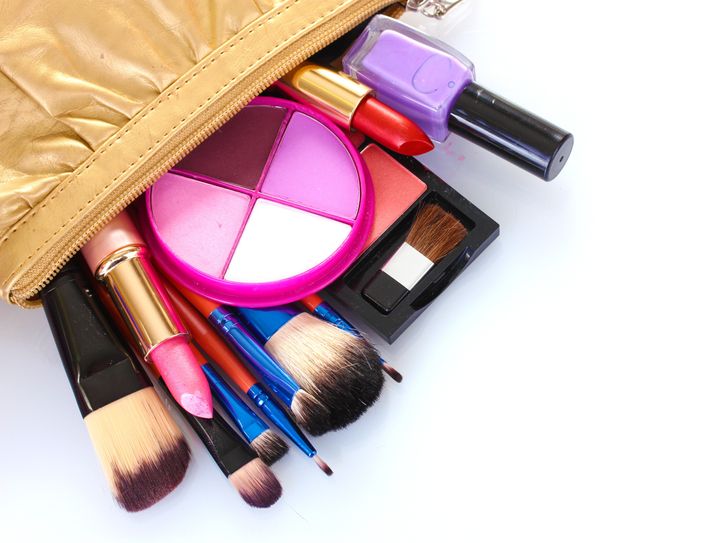
The makeup industry has long been driven by marketing, branding, and product and packaging innovation. With a handful of exceptions, business model innovation hasn't historically been part of this beauty equation... until now. With consumer technology start-ups disrupting entire industries in recent years -- think what Gilt Groupe, Moda Operandi, and Rent the Runway have done to the fashion industry -- it should come as no surprise that start-ups are now tackling the $300 billion global beauty industry. And the world, it seems, is welcoming these new 'Beauty 2.0' models with open arms.
So what's in store for the beauty industry's makeover? Here are four innovative retail concepts that are rewriting the rules in this space:
1) Subscription services. One of the most important marketing tools for cosmetics has always been sampling. The problem? A particular lipstick sample, for example, is only relevant to a certain type of customer -- that is, one who wears lipstick and whose skin tone matches the shade. Yet that sample is likely distributed to all customers during the check-out process, with little thought put into who is on the receiving end.
Enter Birchbox, Beauty Army, and a host of other beauty subscription services. These companies aid discovery by delivering a curated box of samples to customers each month, for a small monthly subscription fee. Beauty brands love the service because it gets samples into the hands of relevant consumers who are genuinely interested in discovering new products; consumers love the idea of receiving a selection of hand-picked samples that cater to their particular skin type, coloring, and preferences. What is yet to be seen -- and what is truly the crux of this business model -- is whether some portion of these customers will eventually purchase full-size versions of the samples they receive.
2) Beauty-focused social networks. It's no secret that women love to talk about makeup. But the online beauty community is fragmented, made up of thousands of blogs, websites, and magazines, without any single authoritative voice. In the restaurant space, Yelp solved this fragmentation problem by creating a trusted community, where users can search among thousands of places and share reviews. There are a handful of players who are now aiming to become the 'Yelp for beauty products.' Beautylish, for example, allows readers to submit photos, video tutorials, and product reviews, creating a platform chock-full of rich content that is refreshed by the minute. The next frontier for these sites? Getting into the e-commerce game. This past summer, Beautylish started allowing users to make purchases directly from its site.
Examples: Beautylish, Makeupalley, Preen
3) Virtual makeover technologies. As facial recognition technologies continue to improve, makeovers may no longer require a physical visit to the makeup counter. Building on professional photo editing tools -- but simplifying the user interface and focusing on makeup application only -- these products allow a user to upload her picture and instantly try on different types of makeup. Facial recognition technology means that the user doesn't need to 'apply' the makeup accurately; the software can recognize where the user's eyes are, for example, if the user wants to try on eye shadow. Given the importance of trial in the cosmetics industry, this technology has the potential to bring online cosmetics sales to an entirely new level.
Examples: Taaz, Daily Makeover
4) Mass customization. Mass customization made its way into the fashion world a few years ago, with companies like Blank Label and J Hilburn offering custom shirts made to your measurements, with your choice of fabric and style. Now, mass customization has cropped up in the beauty space, with a number of perfume, skincare, and cosmetics brands offering customers the ability to choose ingredients, colors, and packaging for their beauty products. By offering a limited number of customizable dimensions, brands are able to satisfy customers' thirst for personalization while keeping production costs down. But the model is unlikely to work for everyone: In 2005 P&G closed the door on Reflect.com, its attempt at mass customization for beauty products.
Examples: Truth Art Beauty, Pretty Please, Le Labo
Vivian Weng is the co-founder of FashionStake, an online marketplace for independent fashion which was acquired by Fab.com in early 2012. She is a recent graduate of Harvard Business School. Follow her on Twitter at @VivWeng.